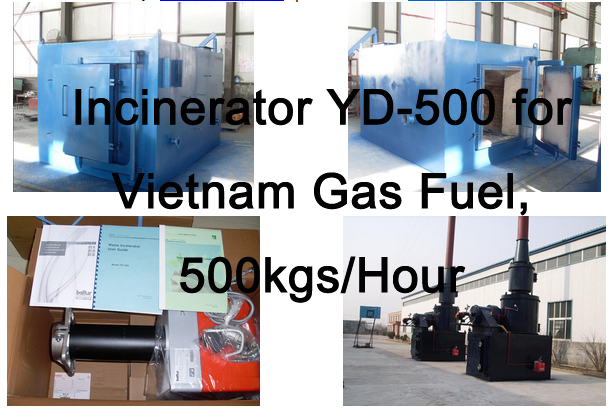Waste management is a critical component of a city’s sustainability plan, and waste incineration plays a significant role in Amsterdam’s circular economy strategy. The city has a long-standing commitment to reducing its impact on the environment and has implemented a comprehensive waste management system to achieve its goals. In recent years, waste incineration has become an essential part of this strategy.
The circular economy is an economic system that aims to minimize waste and keep resources in use for as long as possible. In Amsterdam, this approach is being pursued through a series of measures, including waste separation, recycling, and waste-to-energy facilities.
Waste incineration, also known as energy from waste, is a process in which non-recyclable waste is burned at high temperatures to generate electricity and heat. This process not only reduces the volume of waste going to landfills but also produces renewable energy, providing a more sustainable alternative to traditional fossil fuels. In Amsterdam, this method of waste management is seen as a key tool for the transition to a circular economy.
One of the main advantages of waste incineration is its ability to generate energy from waste that would otherwise have ended up in landfills. By harnessing the energy potential of waste, Amsterdam is able to reduce its reliance on non-renewable energy sources and decrease its carbon footprint. Furthermore, the heat produced during incineration can be used for district heating, providing an efficient and sustainable energy source for the city.
Amsterdam’s waste incineration facilities are equipped with advanced pollution control technology to ensure that air emissions meet stringent environmental standards. This means that the process of waste incineration in the city is not only beneficial in terms of resource recovery and energy generation but also in terms of environmental protection.
In addition, Amsterdam has also implemented stringent policies to ensure that waste incineration does not undermine its efforts to promote waste reduction and recycling. The city has put a strong focus on waste separation at the source and has established ambitious recycling targets to ensure that materials are kept in circulation for as long as possible before they are incinerated.
While waste incineration has its critics, particularly regarding concerns about air quality and potential environmental impacts, Amsterdam has shown that it is possible to implement waste-to-energy facilities in a way that is consistent with the principles of the circular economy and environmental sustainability.
The role of waste incineration in Amsterdam’s circular economy strategy demonstrates how innovative waste management practices can contribute to a more sustainable and efficient use of resources. By integrating waste incineration with other waste management and energy generation methods, Amsterdam is moving closer to achieving its goal of becoming a truly circular city.



